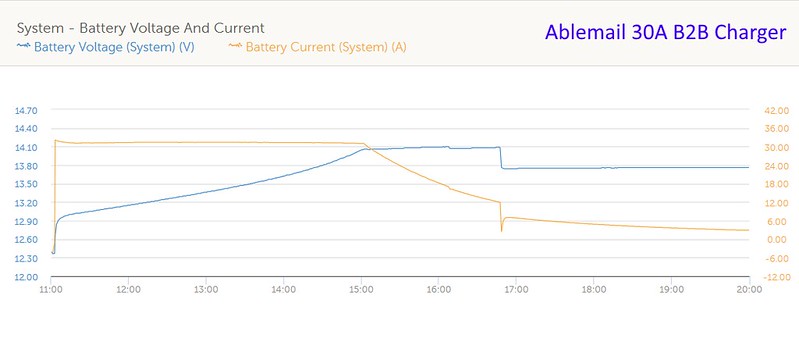CriftinsCampers
Full Member
- Messages
- 424
In my Sprinter I have dumped the inefficient split charge system and replaced my Epever Tracer with a Ring RSCDC30 (initially I thought the Tracer was not doing proper bulk charging but after buying the data logger I realised I was mistaken).
At the same time I fitted a Sterling Power BM12123 to keep the chassis battery charged which is shown towards the end of this. It’s been working perfectly ok for several months and same as the device in the opening post avoids the previous need to connect to ehu every 10 days or so that I had been doing previously to charge the chassis battery.
At the same time I fitted a Sterling Power BM12123 to keep the chassis battery charged which is shown towards the end of this. It’s been working perfectly ok for several months and same as the device in the opening post avoids the previous need to connect to ehu every 10 days or so that I had been doing previously to charge the chassis battery.


